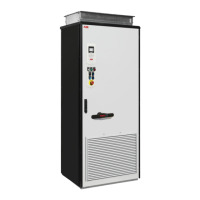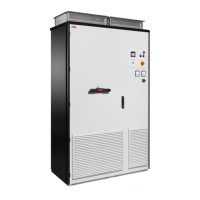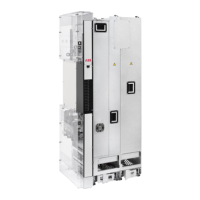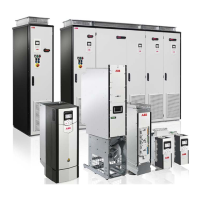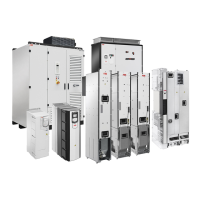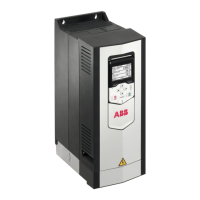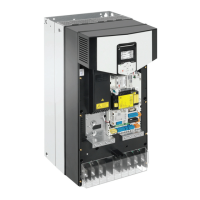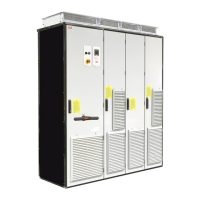■
Constant speeds/frequencies
Constant speeds and frequencies are predefined references that can be quickly
activated, for example, through digital inputs. It is possible to define up to 7
constant speeds for speed control and 7 constant frequencies for frequency control.
WARNING!
Constant speeds and frequencies override the normal reference irrespective
of where the reference is coming from.
The constant speeds/frequencies function operates on a 2 ms time level.
Settings and diagnostics
Parameter groups: 22 Speed reference selection (page 301) and 28 Frequency
reference chain (page 347).
■
Critical speeds/frequencies
Critical speeds (sometimes called “skip speeds”) can be predefined for applications
where it is necessary to avoid certain motor speeds or speed ranges because of,
for example, mechanical resonance problems.
The critical speeds function prevents the reference from dwelling within a critical
band for extended times. When a changing reference (22.87) enters a critical range,
the output of the function (22.1) freezes until the reference exits the range. Any
instant change in the output is smoothed out by the ramping function further in
the reference chain.
The function is also available for scalar motor control with a frequency reference.
The input of the function is shown by parameter 28.96, the output by parameter
28.97.
Example
A fan has vibrations in the range of 540 to 690 rpm and 1380 to 1560 rpm. To make
the drive avoid these speed ranges,
• enable the critical speeds function by turning on bit 0 of parameter 22.51, and
• set the critical speed ranges as in the figure below.
Program features 85
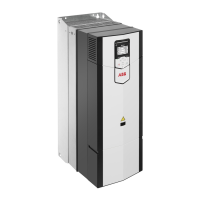
